Polish Air Navigation Services Agency
Products and Services
Polish Air Navigation Services Agency
Products and Services
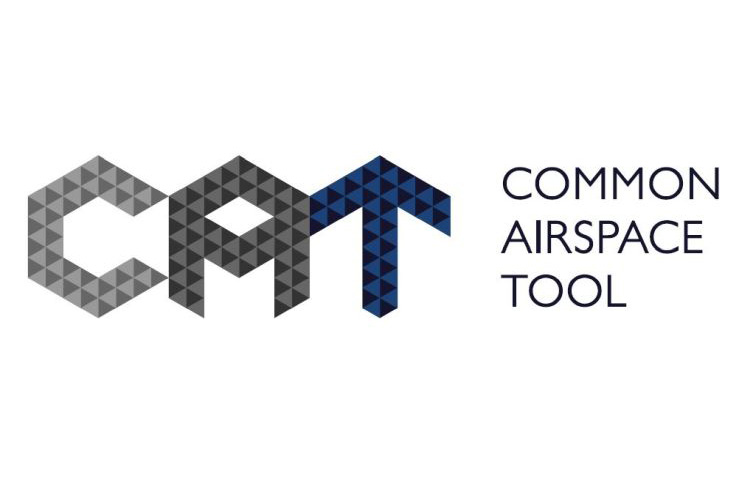
CAT – Common Airspace Tool
In order to support the increasing demand for accurate and efficient management of the common airspace, shared by many different users, at the end of 2018 an upgraded and improved version of CAT tool has been implemented.
CAT provides all necessary information about current and planned airspace structures reservations. It also supports airspace management, both in the Free Route Airspace and the ATS route network. System is widely used by air navigation operations personnel including Airspace Management Cell and by the Polish Air Force.
The system contributes to the Aeronautical Information Management services solution aspects, providing support to an effective air navigation service provision. Crucial for that process is the real-time data flow between all subjects involved, including the collaborative decision-making process between civil and military partners. CAT automatically exchanges airspace data B2B both with Network Manager and other systems. The new version also brought to life a friendly, common web interface, dedicated to every user.
PANSA is working on the next version of the system as well, which will be introduced in the near future as a part of SESAR 2020 solutions. An upgrade will include, among others, the functionalities supporting collaborative decision making process between airspace management and flow and capacity actors, as well as radar data visualization.
PANSA UTM
PANSA is understanding and supporting the growing sector of the unmanned air traffic in Poland, by responding to its needs and demands. The safe and efficient integration of drones with general and operational air traffic, as well as other airspace users, is one of the strategic objectives of Agency. Therefore, PANSA creates a friendly environment for UAV sector development. A part of it was enabling the Central-European Drone Demonstrator (CEDD) project, which gives the opportunity to perform controlled testing, in urban area, a new unmanned technologies and services, which would eventually support deployment of the U-space concept In Poland.
The efficient integration, both manned and unmanned air operations will be possible only with the proper traffic management system in place. That led PANSA to design and to develop the Unmanned Traffic Management System, called PANSA UTM. Its implementation in Warsaw FIR will allow the accommodation of all UAVs operations demands for both in Visual and Beyond Visual Line of Sight. PANSA UTM will be very flexible, to easily adapt to all changes appearing along with the drones’ industry evolution, as well as law regulations.
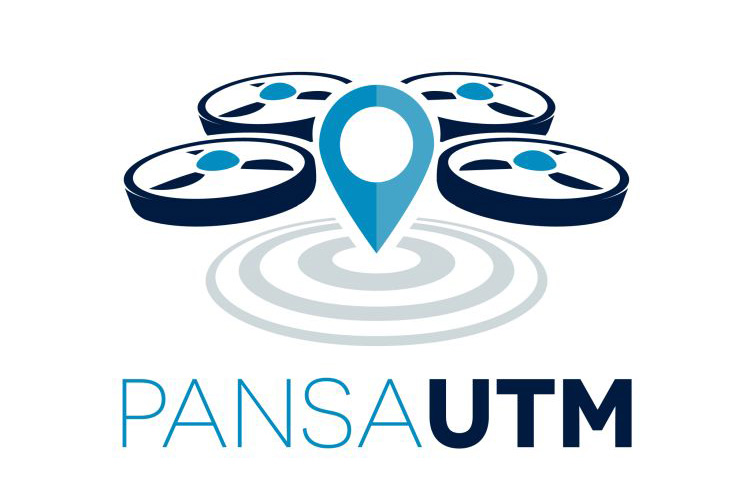
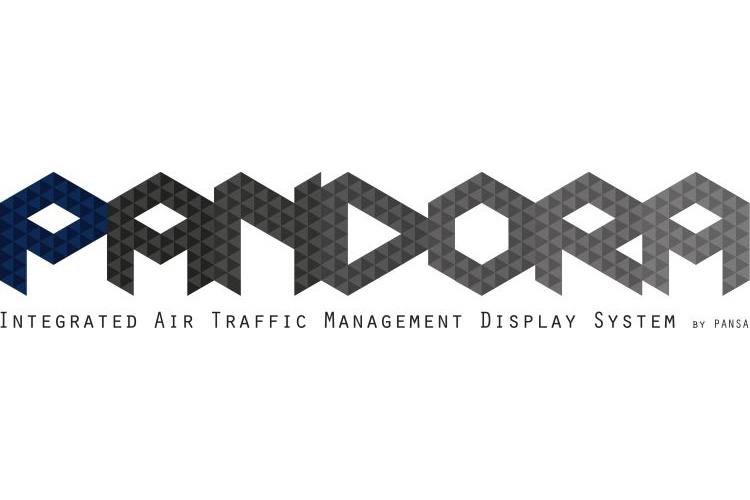
PANDORA
PANSA brought to live a very useful tool, called PANDORA. That is the name of the Information Display System, that supports controllers and other operations personnel with the broad spectrum of a real time aviation data, raising their situational awareness. PANDORA is set on an additional screen on each operational position, providing an easy and quick access to internal, operational data, maps, documents and instructions, airports and airlines data, aircrafts performance, meteorological information and many others.
PANDORA uses single database, but the information provided are customized according to the individual needs of end-user software.
PANDORA is being developed and modified constantly, as the information presented can change very often. System can be easily adapted to new requirements e.g. from the SESAR Program. Thanks to the interoperability with external systems, it can display information from many different sources, which makes it up to date with new demands. PANDORA has many advantages and improves safety of the everyday duty, which makes it a perfect system for any present and future users.
Flight Inspection and Instrument Flight Procedure Design and Validation
One of the services provided by PANSA is the Flight Inspection Service. To fulfil its aims, PANSA owns and operates two aircraft – Beechcraft King Air 350 and L-410 UVP-E 15 „Turbolet”. Both of them are nicknamed „Parrots”, after their bright and vibrant painting. Those planes are used to monitor proper operation of ground-based navigation aids from the air. Service is required to provide compliance with ICAO guidelines and regulations issued by national aviation authorities. The planes are also used to validate conventional and satellite based flight procedures.
The primary task of „Parrots” is toperform periodic flight inspections of CNS infrastructure, including DVOR/DME and ILS devices. The aircraft are also used for commissioning flight inspection of newly implemented radars and navigational aids, technologies and validation of new flight procedures. Flight Inspection planes can perform commercial flights including commissioning flight inspections of approach lights on behalf of any airport operators.
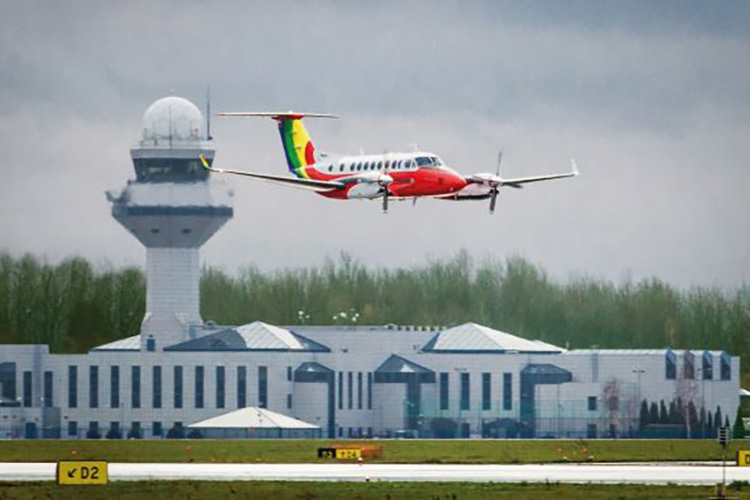

ATS Personnel Training Centre
Polish Air Navigation Services Agency trains its own ATS personnel. For that purpose PANSA uses facility called „OSPA”, which is the ATS Personnel Training Centre. Spectrum of provided courses is very wide. Aside from training carried out for the purpose of issuing new licenses, the Agency also organises refresher training courses for licensed personnel. Additionally, PANSA offers courses on legal provisions, new rules concerning work organisation in ATM, as well as courses for instructors and assessors and Aviation English proficiency training.
„OSPA” building has been completed in 2017 with Top of the Art design. Such modern facility ensures comfortable education environment for trainees, air traffic controllers and FIS officers. They can use advanced and convenient educational tools, supported by multimedia devices. Most of trainings and assessments take place with the use of dedicated simulators, reflecting operational environment for greater educational standards, perfect to learn basic skills. One of them is a part of the real-time operational system PEGASUS_21, which allows trainees to experience the actual airspace and system possibilities. The Centre provides also an aerodrome control tower simulator with 360 degrees omnidirectional imaging, displaying every available airport view.
The process of training ATS personnel in OSPA was developed in a way to ensure the highest quality and the appropriate level of training provided to ATS staff. All this translates into safety in the Polish sky. Our air traffic controllers are one the most productive ATCO’s in Central Europe and their productivity indicator is above the average compared to the other Member States of the EUROCONTROL.
Runway Condition Code Prediction Engine
Developed by PANSA and WARSAW University in the framework of the SESAR 2020 programme, RCAMS is a support tool that help airports (and APOCs) as well as ATS services with reliable prediction of the runway condition.
The tool is designed to reduce the risks of runway excursions (either during take-off or landing) and supports the implementation of the new ICAO Global Reporting Format. This tool supports prediction of runway condition up to 1 hour in advance. System offers high quality RWYCC prognosis, and is designed to work on aerodromes with various runway layouts.
The engine use an advanced mathematical model with machine learning elements to increase the awareness of runway condition between manual inspections.
The evidence, supported by extended validations shows that the enhanced awareness of runway conditions (both current and forecasted) is expected to increase airport resilience to weather events along with improvement of safety airport operations. This system offers stable prediction quality and can work with various runways and airport layouts.
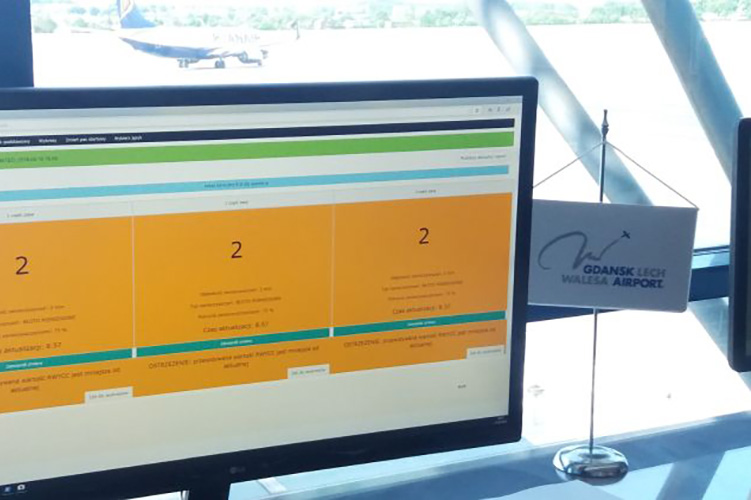
The Congress takes place in Hall 10 at Feria de Madrid (North Entrance)
Address
IFEMA
Feria de Madrid
28042 Madrid
Spain
Contact Us
wac@pansa.pl
info@pansa.pl
business@pansa.pl
Find Us
Stand no. 239
#wac2019PANSA
Facebook
Our Website
www.wac2019PANSA.pl